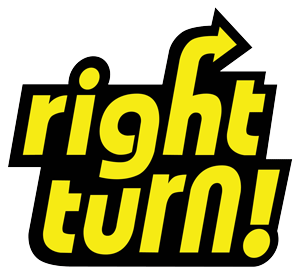 With the average age of first alcohol use in the U.S. now reported to be 12, it’s not too early to start talking to your young teen about making smart decisions when it comes to drugs, alcohol, peer pressure, and drinking and driving. Drinking and driving? But he’s only in eighth grade you say? But what is he going to do if his ride home from practice has been drinking?
With the average age of first alcohol use in the U.S. now reported to be 12, it’s not too early to start talking to your young teen about making smart decisions when it comes to drugs, alcohol, peer pressure, and drinking and driving. Drinking and driving? But he’s only in eighth grade you say? But what is he going to do if his ride home from practice has been drinking?
Will he know how to handle the situation? What if her boyfriend has a driver’s license? What’s she going to do if he’s been drinking? These are real life scenarios that are worth discussing with your child. The California Highway Patrol’s RIGHT TURN Middle School Program has some tips for parents, including tips on alcohol prevention strategies, talking to your teen, and ways to help them say “no.”
